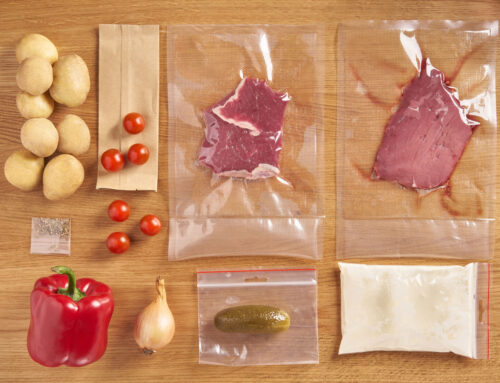It’s not always clear of what constitutes “farm-to-table.” All broccoli is grown on a farm, doesn’t that make all broccoli all straight from the farm to the table? Not necessarily. Typically farm-to-table foods are focused on providing fresh fruits, vegetables, meats and seafood that were gathered or raised near where they will be served. But that’s just one description; the phrase isn’t clearly and universally described. But even without a clear definition, the farm-to-table concept has inspired chefs to create sustainable, farm-to-table dishes in their restaurants.
Why, though, is this movement such a rising trend in restaurants? And why should we as families, foodies or travelers care about where our food was raised?
Sustainability is the obvious reason. Produce in grocery stores is not typically harvested near where it is sold. And while this increases the variety of fresh produce that is easily accessible, it means that food has to be shipped, sometimes, thousands of miles to reach your kitchen. That travel uses fuel and means that produce is coated in chemicals to keep it fresh.
In contrast, consider fruits and vegetables that are harvested locally. The distance from field to table could be a handful of miles, so fuel usage is dramatically decreased and the chemicals can be avoided. Plus, farmers make good neighbors. Their agriculture practices help promote clean air and good drainage.
Your dining practices are also good for your local community and economy. You are helping to create and maintain jobs on both sides of your food’s journey. And the money you spend stays locally with people who live in your community. They are raising families, shopping at local stores and putting their earnings back into the community. Plus, you’re meeting the people who are responsible for your food. When you dine out, you interact, ask questions, tell stories and get to know the people around you. And that can be an encouraging factor of community growth.
Chefs and farmers who invest in the farm-to-table approach do it out of a similar love of community. Dean Carlson, owner of Wyebrook Farm in Pennsylvania, told Martha Stewart that his love of producing organic, quality ingredients comes from his desire to “make a true connection with the place where food is raised.”
That connection creates a varied and diverse approach to cooking. Relying on local produce means that restaurant offerings and menus change seasonally, depending on what is available. If a late frost hurts the asparagus crop, then a pre-planned roasted asparagus side dish might have to be replaced with something more available. Strawberries, which are harvested in spring, won’t appear on farm-to-table menus in the fall. Similarly, a chef who walks to work might spy edible flowers that can be added to salads at the restaurant for a single evening’s dinner service.
But the diversity means that things are constantly changing and developing, which makes it hard to serve repeat favorites for guests.
Additionally, and perhaps most importantly, farm-to-table restaurants are searching for the best local ingredients to bring out the very best flavors. Foods like fruit, vegetables and even meat always taste best when they are recently picked or prepared. Fresh flavors are memorable, bold, exciting, and so the dishes made at these restaurants can be described that way too. A chef in a farm-to-table restaurant can pair those flavors to create subtle layers and complete meals, and memorable dining plans abound.
Farm-to-table restaurants might be a trendy development in the food service world, but the delicious new flavor and texture choices created with fresh ingredients are ensuring they will be around for a long time. These restaurants support your local businesses, your community, the health of your family and more.
Visit Distinctive Collection by Better Homes and Gardens Real Estate® when you begin your journey to buy or sell your unique home.








